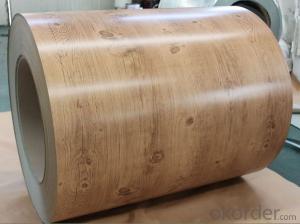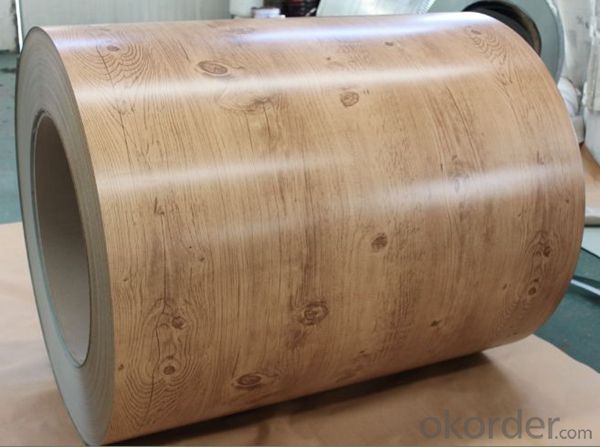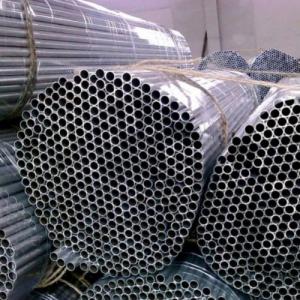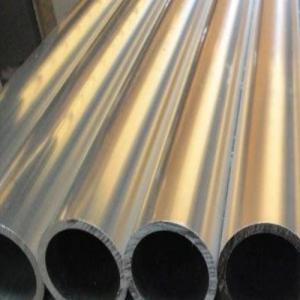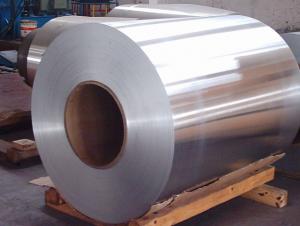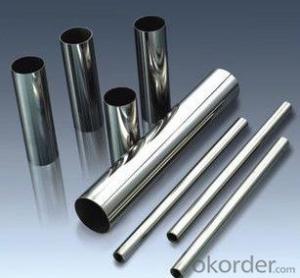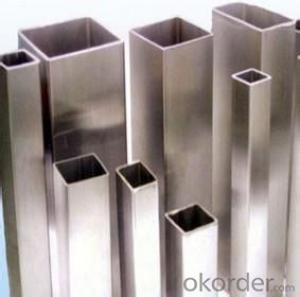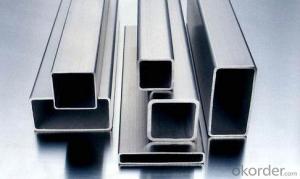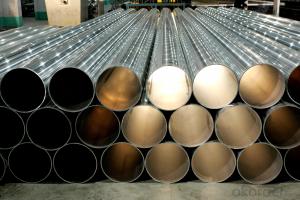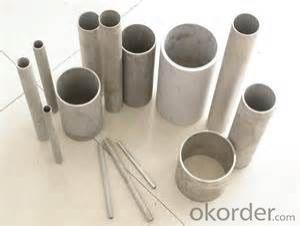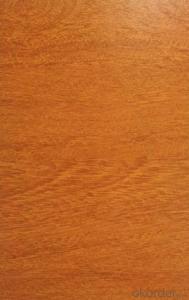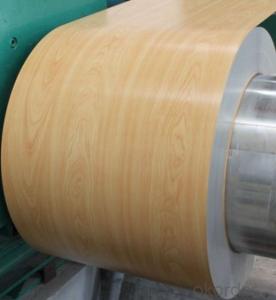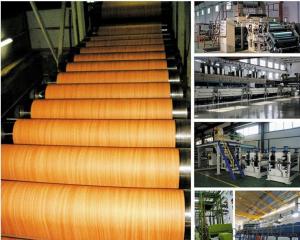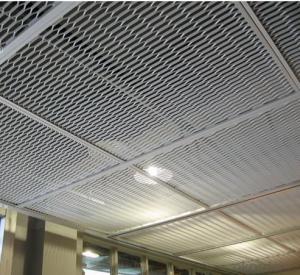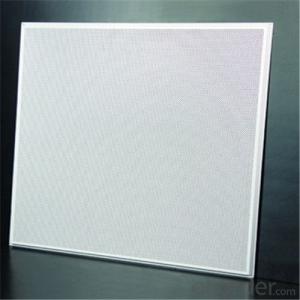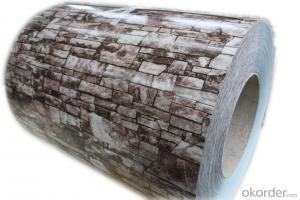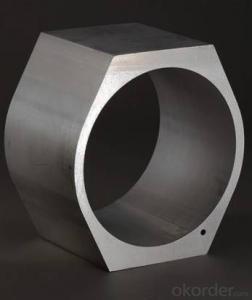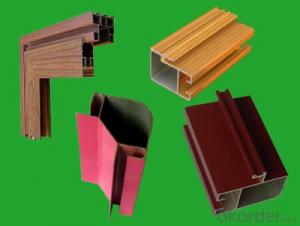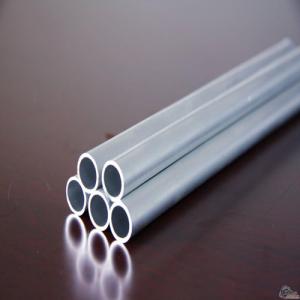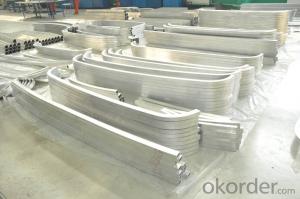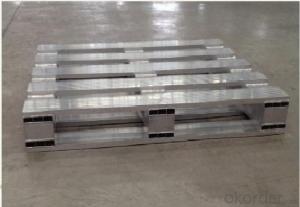Wooden Grain Coating Aluminum Pipes for Ceiling Tiles
- Loading Port:
- Shanghai
- Payment Terms:
- TT OR LC
- Min Order Qty:
- 5 m.t.
- Supply Capability:
- 10000 m.t./month
OKorder Service Pledge
OKorder Financial Service
You Might Also Like
Specification
1. Specification of Wooden Grain Coating Aluminium Coils for Ceiling Tiles
characteristics | Application |
1) Super peeling strength | 1) Building exterior curtain walls |
2) Excellent surface flatness and smoothness | 2) Decoration and renovation additions for old buildings |
3) Superior weather, corrosion, pollutant resistance | 3) Decoration of interior walls, ceilings, bathrooms, kitchens and balconies |
4) Even coating, various colors | 4) Shop door decorations |
5) Fireproof, excellent heat and sound insulation | 5) Advertisement board display platforms and signboards |
6) Superior impact resistance | 6) Wallboards and ceilings for tunnels |
7) Lightweight and easy to process | 7) Industrial materials, materials for vehicles and boats |
2. Application of Wooden Grain Coating Aluminium Coils for Ceiling Tiles
(1).Interior: wall cladding, ceilings, bathrooms, kitchens and balconies, shutters, doors...
(2).Exterior: wall cladding, facades, roofing, canopies, tunnels, column covers , renovations...
(3).Advertisement: display platforms, signboards, fascia, shop fronts...
3. Feature of Wooden Grain Coating Aluminium Coils for Ceiling Tiles
• Our goods quality is top, the surface is smooth, and every steel coil
• No Joint, No Bends, no spots, no roller marks.
• MTC will be provided with goods, third part inspection is acceptable, for example, SGS, BV. Etc
Be free from Oil Stain, Dent, Inclusion, Scratches, Stain, Oxide Dicoloration, Breaks, Corrosion, Roll Marks, Dirt Streaks and other defect which will interfere with use
4. Certificate:
SGS and ROHS(if client request, paid by client), MTC(plant provided), Certificate of Origin(FORM A, FORM E, CO), Bureau Veritas and SGS (if client request, paid by client), CIQS certificate
5. Image of Wooden Grain Coating Aluminium Coils for Ceiling Tiles
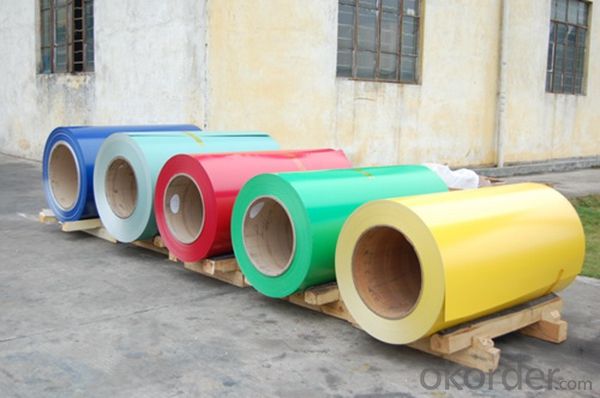
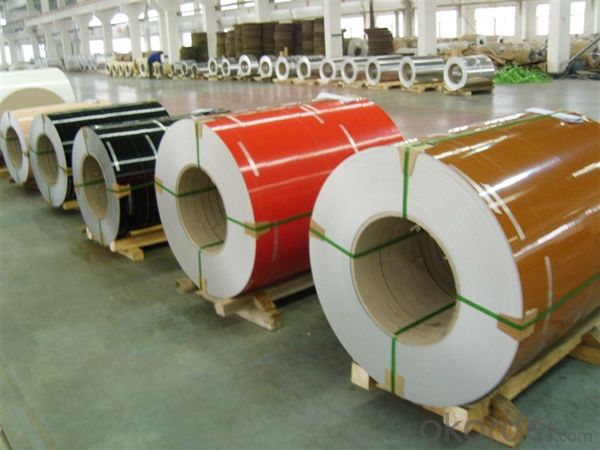
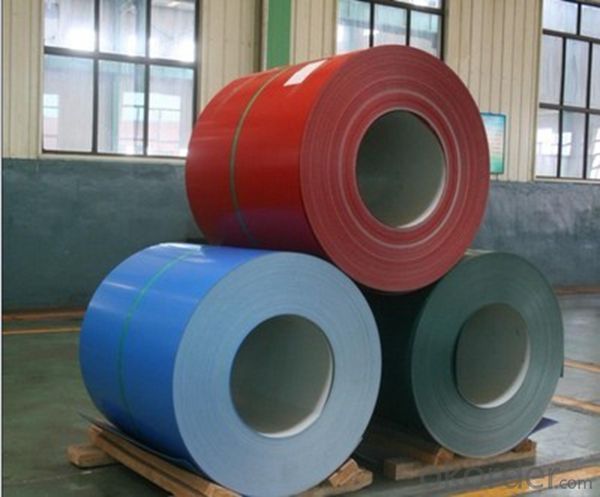
6. Package and shipping of Wooden Grain Coating Aluminium Coils for Ceiling Tiles
eye to wall
eye to the wall
with wood pallet (wooded case also available)
7. FAQ
1) What is the delivery time?
Dpends on actual order, around 20 to 35 days
2)What is the QC system:
We have QC staff of 20 persons and advanced equipment, each production is with MTC traced from Aluminum ingot lot.
3) What market do you mainly sell to?
Australia, America, Asia, Middle East, Western Europe, Africa etc
- Q: Are aluminum pipes compatible with different pipe joining methods?
- Yes, aluminum pipes are compatible with various pipe joining methods including welding, threading, soldering, and compression fittings.
- Q: Do you use seamless pipes or aluminium tubes for cold storage?
- First of all, I would like to emphasize that it is not aluminum tube, that is aluminum alloy. 1, the heat transfer performance is not the same. The heat transfer performance of aluminum is better, easy to make the cold air sinking 2, low temperature performance, Aluminum Alloy can reach close to minus 300 DEG C3, then cold storage, use Aluminum Alloy tube instead of air cooler, more power, so the 4 Aluminum Alloy tube light, convenient installation, the investment of 5 Aluminum Alloy, at the same the volume, to 6, lower than the Aluminum Alloy seamless steel tube good environmental performance, will not rust, does not affect the cold in packaged goods. These are the basic items, there are other, that is, the use of the problem, you can consult the tube you want to buy the business, they will tell you about some aspects of the use of matters.
- Q: Air conditioning copper aluminum tube how to connect? It's broken at the copper aluminum pipe joint. What should I do?
- 1. the copper tube inside and outside of the tube wall is clean, and then in the brass (copper tube outer diameter equal to the diameter) has been prepared with uniform wall paste aluminum powder, aluminum tubes inserted into 10mm.2 open welding torch, adjust the mixing ratio of oxygen and B, choose neutral flame. With the flame heating and the alignment of adjacent copper tubes (heat uniformly faster), when heated to melt in the copper tube to start, and then rotate the brass pretty, even soluble together, then take off the gun.3 note that the paste is aluminum powder aluminum powder and water.Another point is to note that it is in the pipeline will have aluminum slag, must blow clean hair in small, because in a brass tube is formed when rubbed into aluminum complex
- Q: What is the aluminum tube expanding device? What's the principle?
- It can be divided into seamless aluminum tube and common extrusion pipe according to extrusion methodAccording to the precision points: ordinary aluminum tube and precision aluminum tube, in which the precision aluminum tube generally needs to be processed after extrusion, such as cold drawn, fine drawn, rolling
- Q: What causes aluminium tubes to peel and blacken?
- The phenomenon is common when the aluminum pipe is connected with other metals and has electrolyte flow. This is because the electrochemical reaction results in the formation of a galvanic cell. Aluminum is the anode, and the surface of the aluminum tube is oxidized to cause blackening and peeling
- Q: Are aluminum pipes suitable for potable water systems?
- Yes, aluminum pipes can be suitable for potable water systems. Aluminum is a lightweight and corrosion-resistant material that can provide a durable and long-lasting solution for transporting potable water. It is commonly used in plumbing systems, including for both hot and cold water applications. Aluminum pipes are known for their high strength-to-weight ratio, which makes them easy to install and transport. Additionally, aluminum has a low reactivity with water, meaning it does not easily leach harmful substances into the water supply. However, it is important to note that aluminum pipes should be properly coated or lined to prevent any potential reactions with the water, as uncoated aluminum may release small amounts of aluminum ions into the water. Overall, with the proper coating or lining, aluminum pipes can be a suitable and safe choice for potable water systems.
- Q: What ion is corrosive to the aluminum tube?
- Too much, mainly is the strong oxidizing ion such as hydrogen ion, iron ion, nitrate ion, permanganate ion and so on
- Q: Do aluminum pipes have any specific limitations in terms of length?
- Aluminum pipes do have certain limitations in terms of length, but these limitations are typically dependent on various factors such as the diameter, thickness, and intended application of the pipe. One limitation is the potential for buckling or collapse under excessive weight or pressure. Longer aluminum pipes may be more prone to these issues, especially if they have a smaller diameter or thinner walls. Proper engineering and design considerations can help mitigate this limitation by selecting appropriate pipe dimensions and reinforcement methods. Additionally, the expansion and contraction of aluminum with temperature changes can also impact the length limitations of pipes. Aluminum has a relatively high coefficient of thermal expansion, meaning it expands and contracts significantly more than other materials such as steel. This can lead to stresses and potential damage if not properly accounted for, particularly in longer pipes where temperature differentials may be more pronounced. Lastly, transportation and handling can pose limitations on the length of aluminum pipes. Longer pipes may be more difficult to transport and maneuver due to their size and weight. Specialized equipment or techniques may be required to ensure safe and efficient handling. In summary, while aluminum pipes do have limitations in terms of length, these limitations can be addressed through proper engineering, design considerations, and handling techniques. It is important to consult with experts and adhere to industry standards to ensure the safe and effective use of aluminum pipes in any given application.
- Q: Are aluminum pipes suitable for portable water tanks?
- Indeed, aluminum pipes prove to be a fitting option for portable water tanks. Boasting a lightweight composition, aluminum serves as a corrosion-resistant substance frequently employed in plumbing systems. Its resilience makes it an excellent choice for portable water tanks, capable of enduring the demanding conditions associated with transportation and handling. Furthermore, aluminum pipes guarantee safety, as they are non-toxic and refrain from releasing hazardous substances into the water, rendering them ideal for use in portable water tanks. In conclusion, aluminum pipes present a dependable and appropriate selection for the transport and distribution of water in portable tanks.
- Q: resulting in the pipe can not be used after folding, how to deal with? Fifteen08 years to buy three AUX air-conditioning, moving this year, the pipe was folded, and then installed, AUX said after the sale of the pipe can not be used, to replace all new, because the aluminum pipe can not be welded. We all know that the tube is very expensive, then bought 5 meters or so, I think it will not have to spend money again, I did not expect, because of this reason, even for old pipes, the installation of new tubes, but also spend nearly 1000 yuan. When I bought it, I didn't think they would use the aluminum tube. I thought it was copper. It was entirely cost saving by the factory, which made the consumer pay the bill. I was so angry that I didn't buy anything from AUX any more. Would you like to ask if you have ever touched this situation? What can you do to reuse the old pipes?
- Encountered many, but still have a fool to buy AUX air-conditioning, no way ah!Change the copper tube, never use the aluminum tube again, buy the copper pipe yourself, and let the installation worker install it for you. It won't cost much money
Send your message to us
Wooden Grain Coating Aluminum Pipes for Ceiling Tiles
- Loading Port:
- Shanghai
- Payment Terms:
- TT OR LC
- Min Order Qty:
- 5 m.t.
- Supply Capability:
- 10000 m.t./month
OKorder Service Pledge
OKorder Financial Service
Similar products
Hot products
Hot Searches
Related keywords
